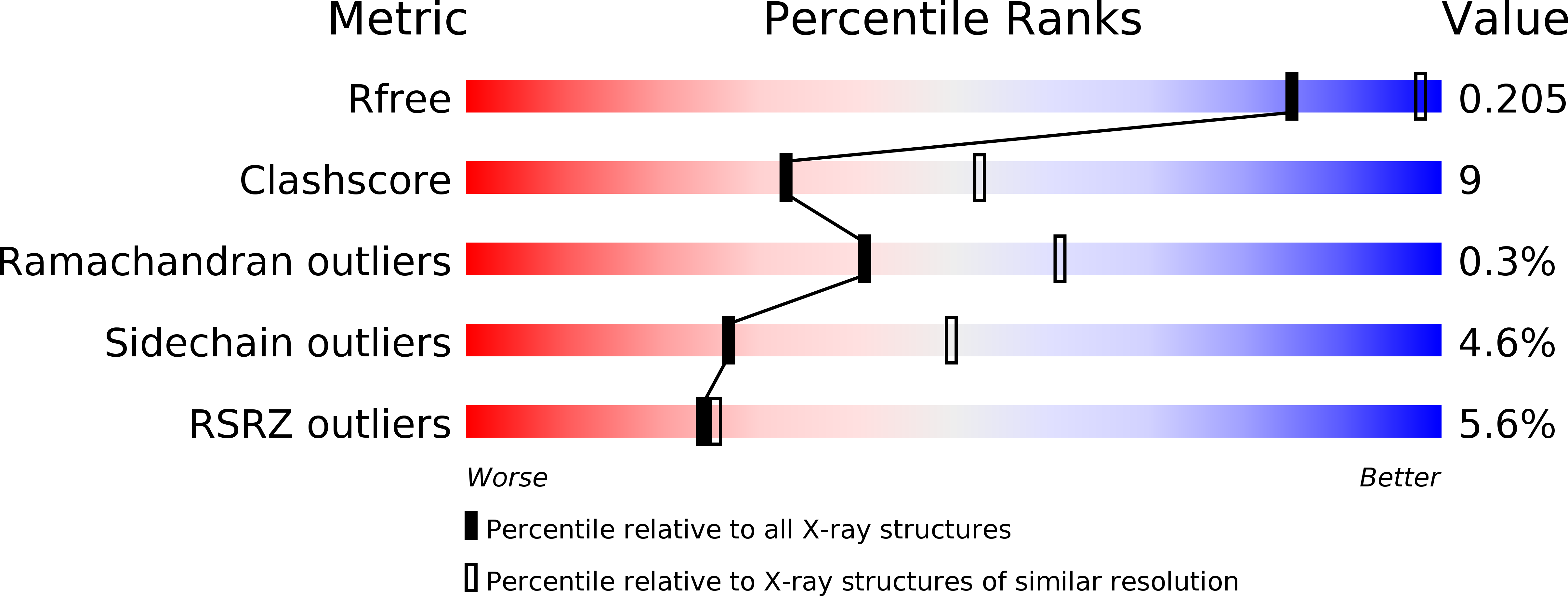
Deposition Date
2006-02-13
Release Date
2006-12-26
Last Version Date
2024-02-14
Entry Detail
PDB ID:
2G18
Keywords:
Title:
Crystal Structure of Nostoc sp. 7120 phycocyanobilin:ferredoxin oxidoreductase (PcyA) Apoprotein
Biological Source:
Source Organism:
Anabaena sp. (Taxon ID: 1167)
Host Organism:
Method Details:
Experimental Method:
Resolution:
2.50 Å
R-Value Free:
0.25
R-Value Work:
0.21
R-Value Observed:
0.21
Space Group:
P 1 21 1


